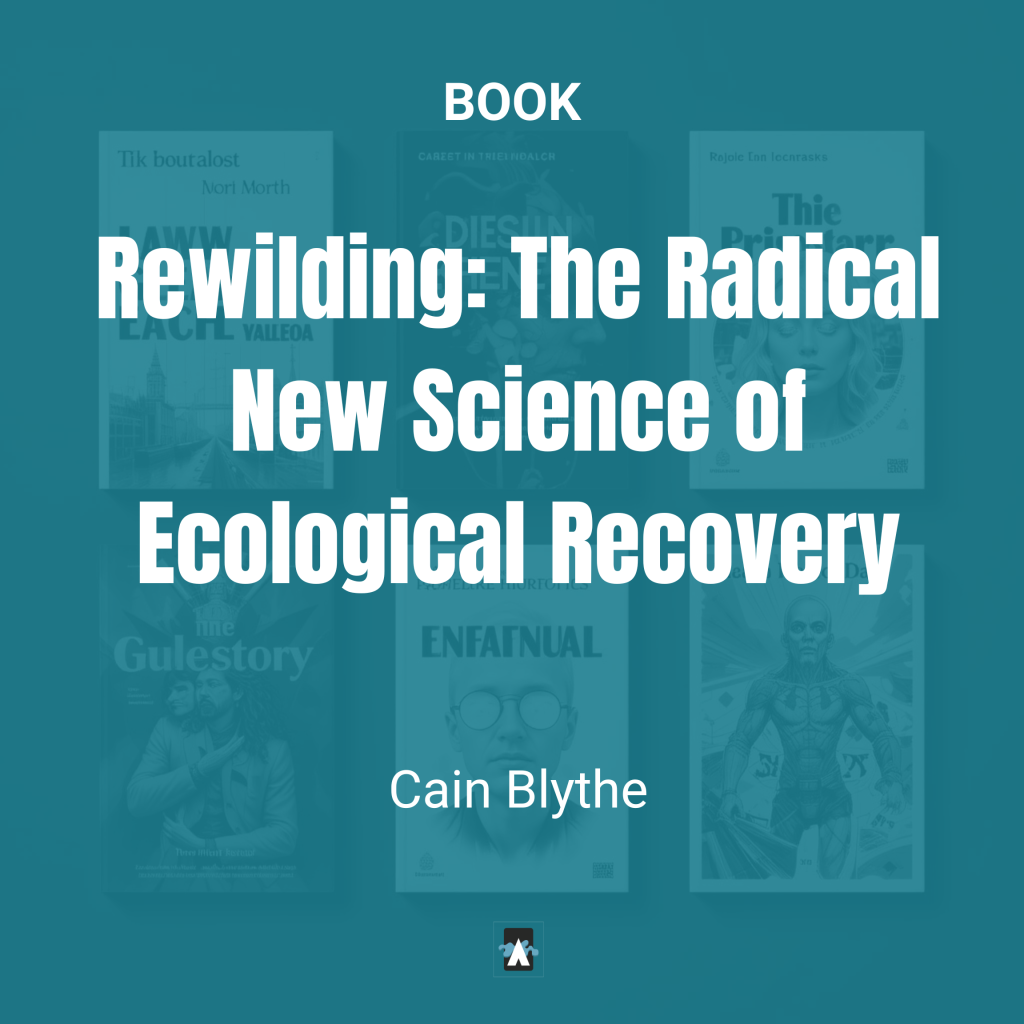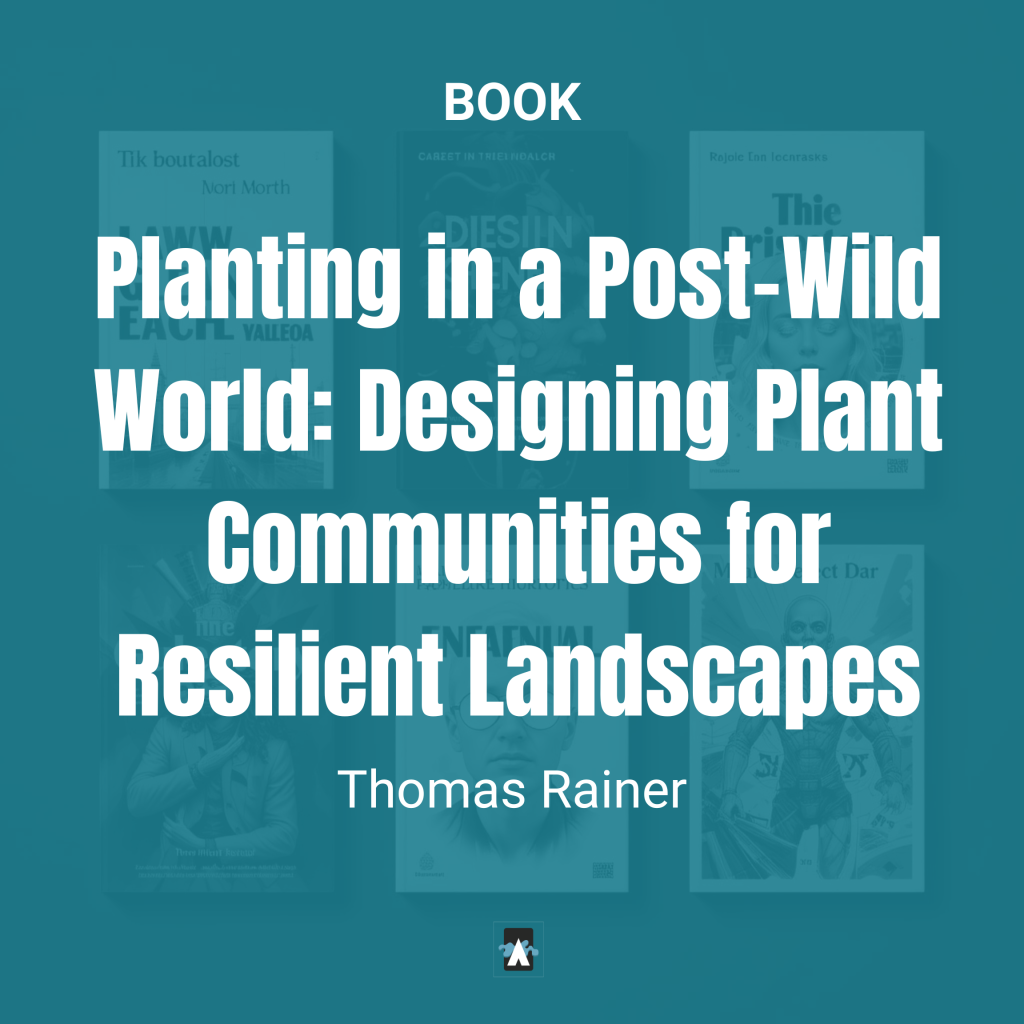Rewilding Cities: Bringing Nature Back to Urban Landscapes
The dense hum of London’s relentless traffic softened, then faded, as Will Hunter, an architecture student from Iowa State University, stepped into a patch of vibrant greenery. It felt like stepping into another world entirely. This wasn’t just any park; it was the Queen Elizabeth Olympic Park, radically transformed after the 2012 games, and a living testament to the burgeoning rewilding movement. This powerful force is actively reshaping our fundamental relationship with the urban environment, proving that nature isn’t just for the countryside. Rewilding isn’t merely about planting trees; it’s about strategically creating self-sustaining ecosystems that possess the incredible power to heal cities and the very people who live within them.
.
Will’s guide, an ecologist whose passion for urban regeneration was palpable, led him deeper into the park. She expertly pointed out the intricate, resilient web of life that had been meticulously rewoven into the very fabric of the city. “We didn’t just plant grass and call it a park,” she explained, gesturing to a thriving wetland teeming with life. “We restored entire habitats—wetlands, meadows, forests—specifically to support robust biodiversity and to profoundly reconnect the city with nature.” This, she emphasized, is the core of successful rewilding.
Global Inspirations: Rewilding Beyond London
The Queen Elizabeth Olympic Park served as a fascinating microcosm of the global rewilding movement, a compelling testament to the transformative power of ecological restoration. Will’s mind raced, recalling similar, awe-inspiring projects around the globe that epitomize the spirit of rewilding.
.
He remembered reading about Singapore’s Bishan-Ang Mo Kio Park, which had undergone a remarkable metamorphosis. A rigid, concrete canal was expertly converted into a thriving, meandering riverine ecosystem. This project not only dramatically enhanced biodiversity but also ingeniously reduced flood risks and created a beautifully engaging public space that instantly became a beloved sanctuary for residents. It was a perfect example of how rewilding can offer multiple benefits.
.
Further afield, Will recalled the story of Medellín, Colombia. Once tragically synonymous with urban violence, this resilient city had courageously embraced rewilding as a cornerstone strategy for both social and environmental regeneration. A vibrant network of “green corridors”—carefully integrated parks, gardens, and greenways—had been woven through the city’s very heart. These vital arteries were not only cooling urban temperatures and significantly improving air quality but also providing safe, inviting spaces for pedestrians and cyclists. These green corridors didn’t just enhance the city’s aesthetics; they fostered a deeper, much-needed connection between its residents and the natural world, showcasing the social power of rewilding.
The Profound Benefits of Urban Rewilding
As they walked, the ecologist highlighted the subtle yet profound benefits that only effective rewilding can deliver. “Urban forests can significantly lower city temperatures, dramatically reduce the impact of flooding, and even provide measurable improvements to mental health,” she said, her voice filled with conviction. “When we truly reconnect with nature, we experience an undeniable sense of calm, a palpable reduction in stress, and an increased sense of overall well-being.” This holistic healing is a core promise of rewilding.
.
Their journey culminated at the Wetlands Walk, where a symphony of reeds and aquatic plants naturally filtered water, creating a haven for dragonflies and herons. Will marveled at the seamless, intuitive integration of ecology and thoughtful design—a powerful testament to the capability of rewilding to create truly sustainable, deeply livable, and beautiful cities for generations to come.
.
That evening, as Will stood on a tranquil hill overlooking the transformed park, the distant city lights twinkling below like a vast, scattered constellation, he envisioned a future. It was a future where rewilding would no longer be an afterthought but an integral, foundational part of all urban planning. A future where cities, once mistakenly seen as mere concrete jungles, would blossom into vibrant, thriving ecosystems, teeming with diverse life and unequivocally supporting the well-being of both humans and wildlife.
.
“Rewilding,” Will thought, the realization settling deeply within him, “isn’t just about restoring nature; it’s about restoring a vital balance. It’s about powerfully reminding us that cities are an undeniable part of the natural world, not a separate entity. It’s about courageously creating a more sustainable, a more equitable, and ultimately, a far more human future for everyone.”
Learning Points:
- The Principles of Rewilding: Understanding the core principles of rewilding, including ecological restoration, habitat creation, and the reintroduction of native species.
- The Benefits of Rewilding Cities: Exploring the numerous benefits of rewilding urban areas, including improved air and water quality, climate change mitigation, increased biodiversity, and enhanced human well-being.
- Rewilding in Action: Examining successful rewilding projects around the world, including the Queen Elizabeth Olympic Park in London and the Bishan-Ang Mo Kio Park in Singapore.
- The Role of Urban Planning in Rewilding: Exploring how urban planners can integrate rewilding principles into city development, creating more sustainable and livable urban environments.
- The Importance of Connecting People with Nature: Understanding the social and psychological benefits of reconnecting with the natural world through rewilding initiatives.
Keywords:
- Rewilding Cities
- Urban Ecology
- Ecological Restoration
- Urban Greening
- Sustainable Cities
- Biodiversity
- Climate Change Mitigation
- Urban Forestry
- Green Infrastructure
- Environmental Design
- Human-Nature Connection
- Mental Health and Nature
- Urban Planning
- Environmental Sustainability
This fictional story is set within the dreams of Will Hunter, a character created to explore the intersection of imagination and design. Dive into his dreamscape and discover how storytelling can illuminate real-world lessons in architecture and creativity.
Some of the links on this website may be affiliate links. This means that if you click on the link and make a purchase, we may receive a small commission. We only recommend products and services that we genuinely believe will be beneficial to our readers.





